Eberconazole
- CAS NO.:128326-82-9
- Empirical Formula: C18H14Cl2N2
- Molecular Weight: 329.22
- MDL number: MFCD00865628
- SAFETY DATA SHEET (SDS)
- Update Date: 2024-11-19 23:02:33
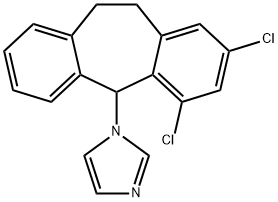
What is Eberconazole?
Description
Eberconazole is a new member of the azole class of antifungal agents, and it is indicated for the topical treatment of cutaneous fungal infections, including tinea corporis (ringworm of the body), tinea cruris (ringworm of the groin) and tinea pedis (athlete’s foot) infections. Its mode of action is similar to that of other azole antifungals, namely inhibition of fungal lanosterol 14α-demethylase. Eberconazole exhibits good in vitro activity against a wide range of Candida species, including Candida. tropicalis, dermatophytes and Malassezia spp. yeasts. It shows good activity against Candida. Parapsilosis (MIC90=0.125 mg/mL), which is a relevant species in skin and nail disorders. In addition, eberconazole is effective against some of the highly triazole-resistant yeasts such as Candida. glabrata and Candida. krusei, as well as fluconazole-resistant Candida. albicans. However, eberconazole is less active than clotrimazole and ketoconazole against Candida. neoformans and a number of clinically relevant molds. Eberconazole is supplied as a 1% or 2% cream, and the topical application does not result in detectable serum, urine, or fecal levels. In a phase II study of 60 patients with tinea corporis and tinea cruris, treatment with topical eberconazole (1% or 2% cream), applied once or twice daily for 6 weeks, resulted in cure rates ranging from 73.3–93.3% at the end of therapy, and 66.7–100% six weeks post-therapy.
Originator
Chiesi Wassermann (Spain)
The Uses of Eberconazole
Eberconazole can be used for a novel antifungal formulation.
Definition
ChEBI: 1-(2,4-dichloro-10,11-dihydrodibenzo[a,d][7]annulen-5-yl)imidazole is a member of the class of dibenzannulenes that is 10,11-dihydrodibenzo[a,d][7]annulene carrying two chloro substituents at positions 2 and 4 as well as an imidazol-1-yl substituent at position 5. It is a member of imidazoles, an organochlorine compound and a dibenzannulene. It derives from a hydride of a dibenzo[a,d][7]annulene.
brand name
Ebernet
Synthesis
The synthesis of Eberconazole started with the Wittig reaction of the phosphonium bromide 43 with the 3,5-dichlorobenzaldehyde to give the olefin mixture 44. Hydrolysis of the ester followed by hydrogenation gives acid 46, which was cyclized to tricyclized ketone 47. Completion of the synthesis was accomplished in three steps via reduction of the ketone 47 with sodium borohydride, chlorination of resulting alcohol 48 with thionyl chloride and alkylation of the chloride 49 with imidazole to give eberconazole (VII).
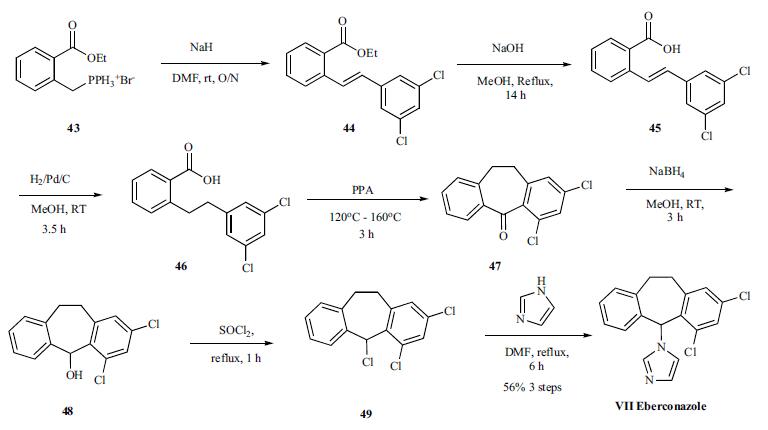
Properties of Eberconazole
| Boiling point: | 495.0±45.0 °C(Predicted) |
| Density | 1.35±0.1 g/cm3(Predicted) |
| pka | 5.84±0.10(Predicted) |
Safety information for Eberconazole
Computed Descriptors for Eberconazole
Eberconazole manufacturer
BDR Pharmaceuticals International Pvt Ltd
Bioaltus Laboratories Pvt Ltd
New Products
(S)-3-Aminobutanenitrile hydrochloride 4-Methylphenylacetic acid N-Boc-D-alaninol N-BOC-D/L-ALANINOL Tert-butyl bis(2-chloroethyl)carbamate 3-Morpholino-1-(4-nitrophenyl)-5,6-dihydropyridin- 2(1H)-one Furan-2,5-Dicarboxylic Acid Tropic acid 1-Bromo-3,5-Di-Tert-Butylbenzene S-2-CHLORO PROPIONIC ACID ETHYL ISOCYANOACETATE 2-Bromo-1,3-Bis(Dimethylamino)Trimethinium Hexafluorophosphate 4-IODO BENZOIC ACID 3-NITRO-2-METHYL ANILINE 1-(2,4-DICHLOROPHENYL) ETHANAMINE (2-Hydroxyphenyl)acetonitrile 4-Bromopyrazole 2-(Cyanocyclohexyl)acetic acid 4-methoxy-3,5-dinitropyridine 1-(4-(aminomethyl)benzyl)urea hydrochloride 2-aminopropyl benzoate hydrochloride diethyl 2-(2-((tertbutoxycarbonyl)amino) ethyl)malonate tert-butyl 4- (ureidomethyl)benzylcarbamate Ethyl-2-chloro((4-methoxyphenyl)hydrazono)acetateRelated products of tetrahydrofuran
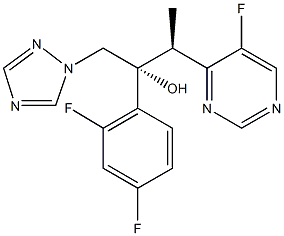

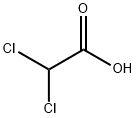

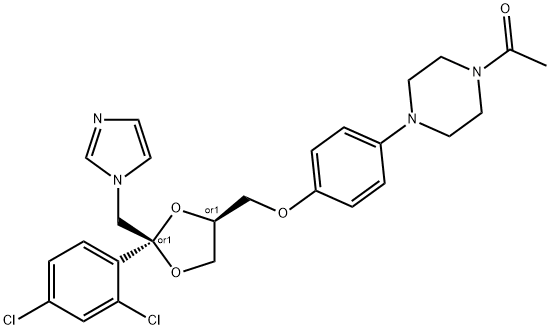

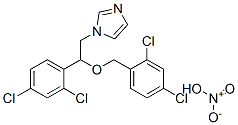

You may like
-
 128326-82-9 Eberconazole 98%View Details
128326-82-9 Eberconazole 98%View Details
128326-82-9 -
 128326-82-9 98%View Details
128326-82-9 98%View Details
128326-82-9 -
 1975-50-4 98%View Details
1975-50-4 98%View Details
1975-50-4 -
 2-HYDROXY BENZYL ALCOHOL 98%View Details
2-HYDROXY BENZYL ALCOHOL 98%View Details
90-01-7 -
 2-Chloro-1,3-Bis(Dimethylamino)Trimethinium Hexafluorophosphate 221615-75-4 98%View Details
2-Chloro-1,3-Bis(Dimethylamino)Trimethinium Hexafluorophosphate 221615-75-4 98%View Details
221615-75-4 -
 61397-56-6 CIS BROMO BENZOATE 98%View Details
61397-56-6 CIS BROMO BENZOATE 98%View Details
61397-56-6 -
 14714-50-2 (2-Hydroxyphenyl)acetonitrile 98+View Details
14714-50-2 (2-Hydroxyphenyl)acetonitrile 98+View Details
14714-50-2 -
 118753-70-1 98+View Details
118753-70-1 98+View Details
118753-70-1